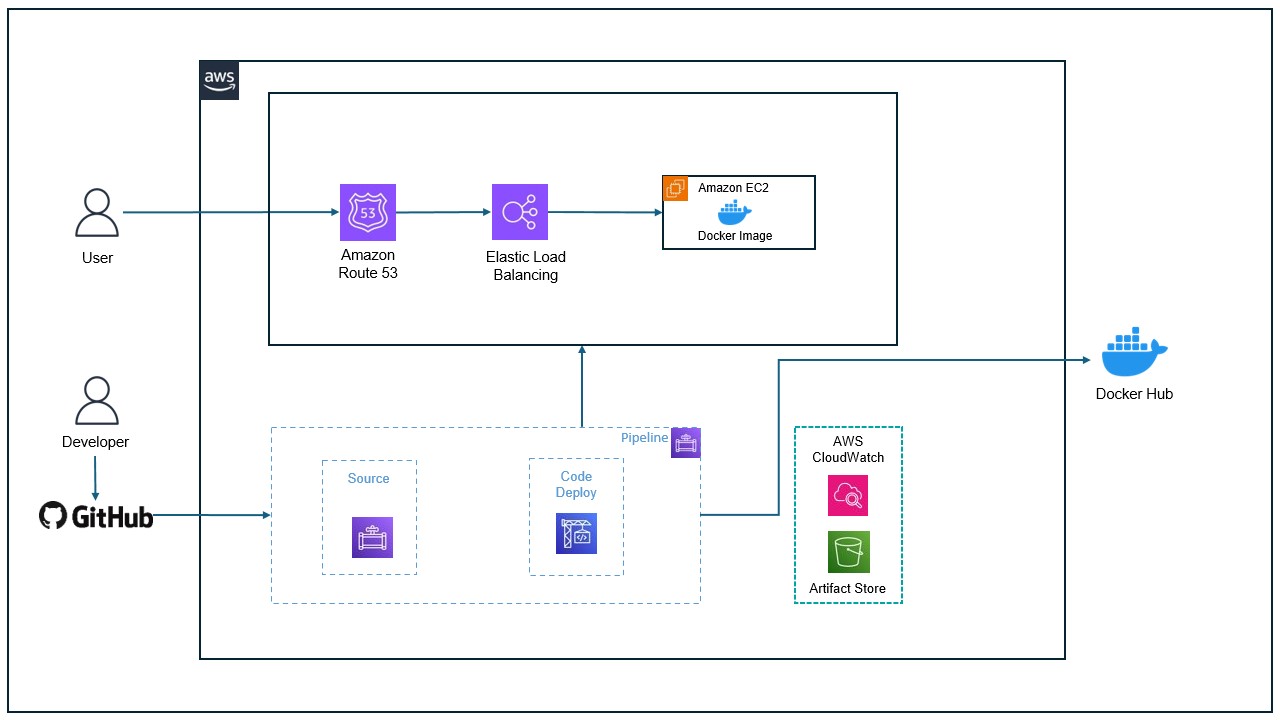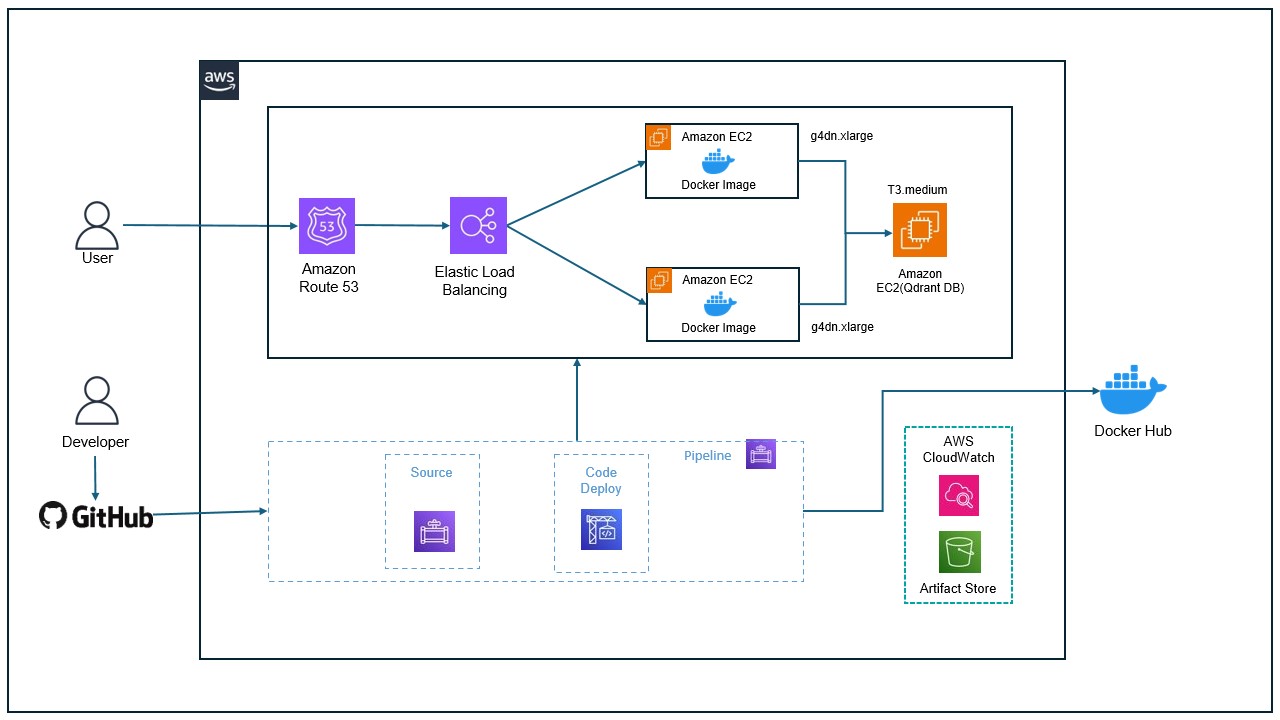Customer challenges
Our client, a growing platform focused on simplifying customer interactions, encountered several operational and infrastructure challenges as development scaled. Manual deployment processes slowed development cycles and introduced frequent human errors, while scalability issues made it difficult to handle increased traffic and user activity during peak hours. The lack of observability into application performance and system health impeded proactive monitoring and incident resolution. Inconsistent release workflows arose from limited automation, and there were no high availability or disaster recovery mechanisms in place for their development and production environments. Additionally, their locally hosted AI modules, including the LLaMA model, were resource-constrained, difficult to scale, and challenging to maintain. Their non-cloud setup could no longer support the demands of a fast-paced development environment and a growing user base.
Solutions
To overcome operational bottlenecks and ensure scalability, our team at Support Icon migrated the platform to Amazon Web Services (AWS), focusing on DevOps automation, enhanced observability, and a secure, scalable architecture for both development and production.
We moved the LLaMA AI module to a g4dn.xlarge EC2 instance, enabling GPU acceleration, better performance, and reduced dependency on local infrastructure. A modern CI/CD pipeline was implemented using GitHub, AWS CodePipeline, and CodeDeploy, allowing automated deployments. Developers push code to GitHub, triggering builds, Docker image creation, and deployment via CodeDeploy.
The compute layer includes a single EC2 instance for development and two EC2 instances (with load balancing) for production to ensure high availability. A self-hosted Quadrant DB on EC2 allows full configuration control within a secure VPC and integrates easily with Docker-based apps.
For monitoring, AWS CloudWatch collects logs and system metrics, with alarms and dashboards for real-time insights and deployment health tracking.
AWS services used
Results
Automated CI/CD pipelines reduced deployment time and eliminated manual errors.
High-availability EC2 clusters and scalable RDS databases maintain performance during traffic spikes.
Isolated environments, strict IAM policies, and centralized secrets management enhanced overall security.
CloudWatch and centralized logging provide full visibility into application health, deployments, and resources.
Streamlined DevOps processes freed up developer time to focus on product innovation.


